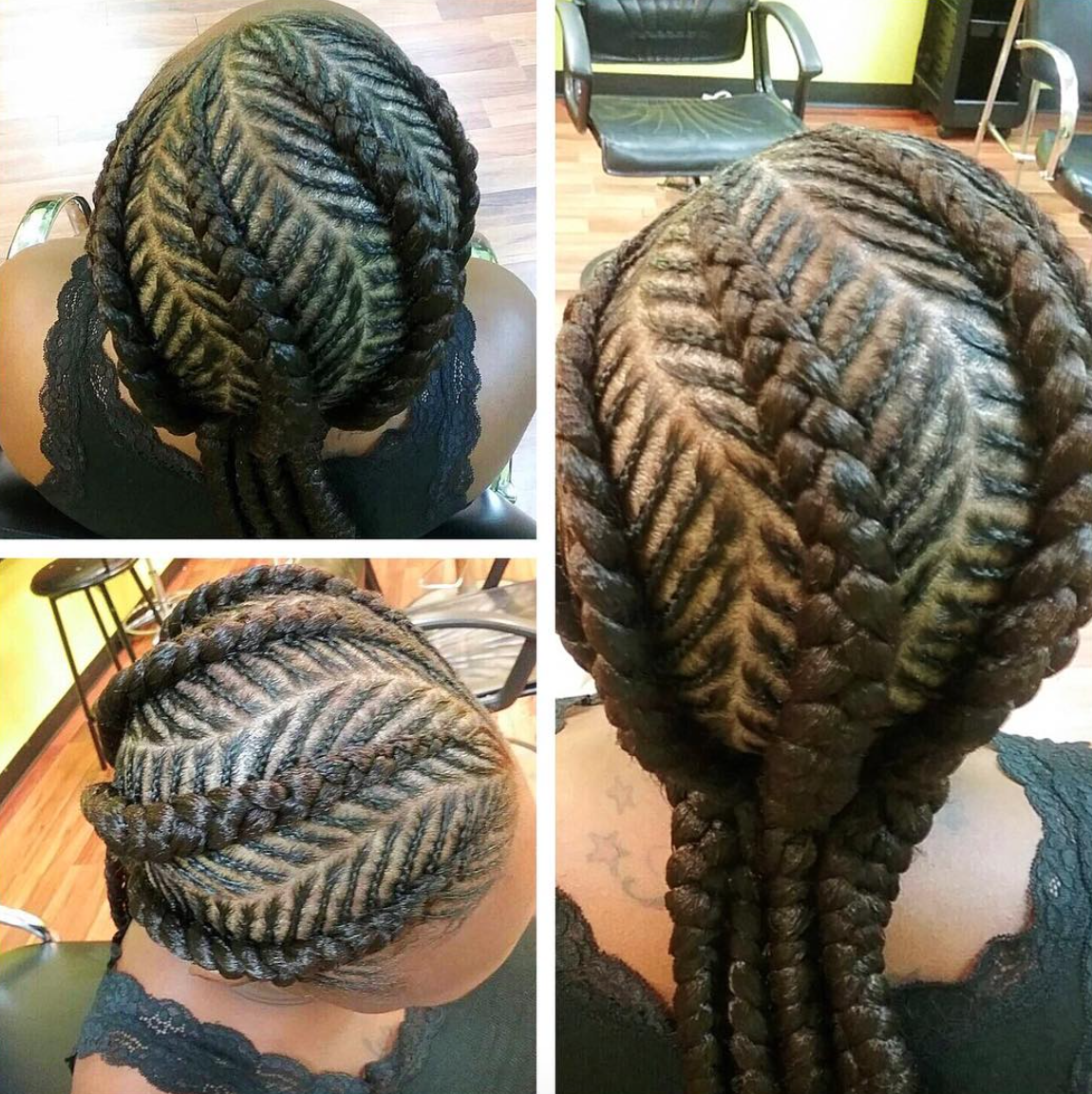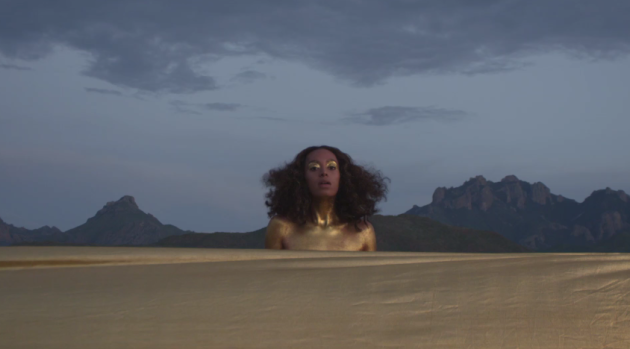
How has that challenges you faced growing up helped shape you as an individual today especially as it pertains to business and entrepreneurship? When reading Iron Boy, the book struck me as a story on struggle, but more so about survival and endurance. I didn't know it will take me another twenty years to do it? I promised myself if I made it to the age of 40 years old, I would put it all down in writing.

Why was you story Iron Boy one that you felt you needed to share with the world? Recently we caught up with Bozikas so we could learn more about this amazing human and very talented writer. It serenely opens up the lines of communication without vilification, and asserts to us all that the most rebellious, most courageous thing we can ever truly be, is authentically ourselves. like costumes before discarding our bodies like rinds of strange fruit.”īut in another respect, “Don’t Touch My Hair” also speaks to everyone. She tells offenders, “Don’t test my mouth,” or as Jesse Williams pointed out at this year’s BET awards, “gentrif our genius. “They don't understand/ What it means to me/ Where we chose to go/ Where we've been to know” Solange sings. In one respect, Solange’s lyrics tell is that when outsiders appropriate another culture, they don’t just put on the material they put on a spiritual past they know nothing about. It’s cool to be you.You miss out on so much by trying to imitate someone else’s style.” “Praising your style, your look, for you.

“‘Don’t Touch My Hair’ is the preservation of you,” Nelms said. Then in the next shot, they all dance with her, fall into synchronization, then revert back to their own movements of individuality.Īs Solange’s hairstylist for the video, Nikki Nelms said in an interview with New York Magazine, the song devotedly speaks to not only black empowerment, but also empowerment as it pertains to personal eccentricity. She dances spontaneously as they all sit still. In another, she moves energetically with Sampha as the two sing, “What you say oh/ What you say to me.” But in the most telling shot, she dances with a crowd of black people all dressed in all white, on a dimly lit set of stairs. In celebratory fashion, Solange dresses in all white (which we know she rocks flawlessly given her wedding pictures from back in 2014) as she dances alone in a dome-shaped venue with off-white canvases and splotchy, wet floors in one scene. Solange makes a point to constantly defy systemic pressures, opting to instead, live freely despite oppressive forces nudging her in certain directions. As Solange sings, “Don’t touch my pride/They say the glory is all mine” a woman flaunting a 26-inch weave dives headfirst into the water. In one shot, she even dons a braided crown of hair while posing in a lavish, royal blue garment.Īnd of course, men get in on the action as well, when four men of color cross their arms in unison, sporting monochromatic getups of jade green, their hair straightened and styled in flips, perhaps an homage to the perming trend among young, black men in the 1950s.īut the best scene has to be that of Solange standing calmly among other black women and their natural hair, at a swimming pool, which disregards the antiquated stereotypes we still hear today. From short flapper girl fingerwaves to loosely stretched curls and everything in between, Solange shines in them all. The eclecticity of the scene artistically showcases the versatility of the black community, while also making a point to adhere to certain similarities.Īnd diversity is highlighted throughout the entire video, as evidenced by Solange’s many hairstyle changes.

Some people connect like puzzle pieces on the floor, while others keep their distance and do their own thing.

There is a woman crouched in the fetal position. There are two men clasping hands, moving back and forth with one another. Later, Solange sings from below as the camera catches a bird-eye view of her, as well as multiple contemporary dancers making an assortment of movements. It says, “You can’t accept a few beads? Fine, then I’ll deck my strands out from roots to tips. Reminiscent of cultural ‘70s protests, in which black men and women would not only wear their hair in its natural state, but also fluff it as far out as they possibly could in efforts to combat western beauty ideals, Solange’s first hairdo evokes exactly the same resistance. The video begins with a close shot of Solange in slow motion, vigorously shaking her hair, styled in braids excessively beaded with colored spheres and puka shells.


 0 kommentar(er)
0 kommentar(er)
